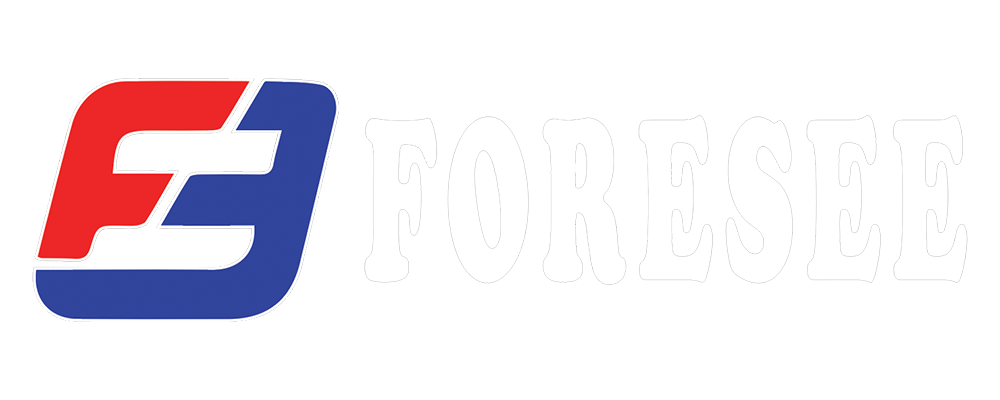Attack hoses and supply hoses are two different types of fire hoses used in firefighting, and they serve distinct purposes. Here are the key differences between the two:
-
Purpose:
- Attack Hose: Attack hoses are designed for delivering high-pressure water or fire-suppressing agents directly to the fire. They are typically used by firefighters to extinguish fires, control flames, or cool down hot surfaces. Attack hoses are meant for aggressive firefighting operations.
- Supply Hose: Supply hoses, also known as large-diameter hoses or LDH, are primarily used to transport a large volume of water from a water source (such as a hydrant, fire engine, or water tanker) to the firefighting apparatus or to relay water over long distances. Supply hoses ensure a steady and reliable water supply for firefighting operations.
-
Diameter:
- Attack Hose: Attack hoses are generally smaller in diameter, typically ranging from 1 inch to 2.5 inches (25mm to 64mm). Their smaller size allows firefighters to handle them more easily in confined spaces.
- Supply Hose: Supply hoses are larger in diameter, often ranging from 3 inches to 6 inches (76mm to 152mm) or even larger. The larger diameter enables them to carry a greater volume of water, making them suitable for long-distance water supply.
-
Pressure:
- Attack Hose: Attack hoses are designed to withstand high-pressure conditions, as they are used to deliver water with significant force directly onto the fire. The pressure rating varies but is typically higher than that of supply hoses.
- Supply Hose: Supply hoses are built to handle lower pressures since their primary function is to transport water from the source to the firefighting equipment or to create a water supply network. They are not designed for high-pressure firefighting operations.
-
Material:
- Attack Hose: Attack hoses are often constructed from durable materials like synthetic rubber or a combination of synthetic and natural rubber. They are reinforced with layers of fabric and may have a smooth or textured exterior for ease of handling.
- Supply Hose: Supply hoses are usually made of materials like rubber, PVC, or a combination of materials designed to resist kinking and withstand wear and tear. They may have a stiffer construction to handle the flow of large volumes of water.
-
Use Case:
- Attack Hose: Attack hoses are used at the scene of the fire, where firefighters need to quickly and efficiently deliver water or firefighting agents to suppress the flames and protect lives and property.
- Supply Hose: Supply hoses are typically used in a support role to establish a continuous water supply from a water source to the firefighting apparatus, which may include attack hoses, aerial devices, or master streams.
In summary, attack hoses are smaller, designed for high-pressure firefighting at the fire scene, and used to combat the fire directly. Supply hoses, on the other hand, are larger, designed for transporting water over longer distances or from a source to the fire scene, ensuring a steady water supply for firefighting operations.

Recent post